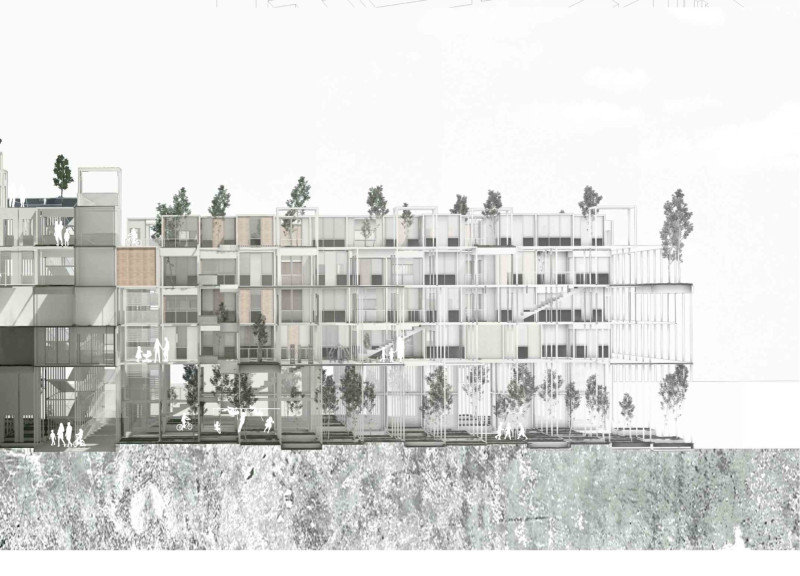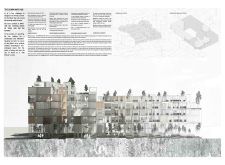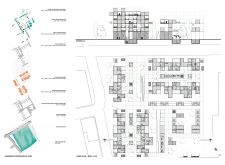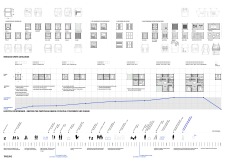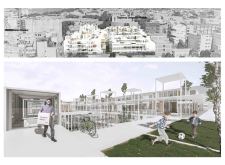5 key facts about this project
The Community Hub is a design aimed at meeting the housing needs of urban populations in Rome. It offers a flexible and modular housing solution that caters to the various requirements of residents. The design includes shared spaces and personal living areas, fostering social interaction and a sense of community while addressing sustainability concerns.
Modular Design Approach
The project uses a modular construction method that allows for both adaptability and customization. It consists of prefabricated units made from a steel construction mesh. This framework enables different configurations shaped by the needs and preferences of inhabitants. By allowing for the attachment and re-attachment of modules, it promotes efficient use of space and offers a living environment that can change over time.
Community Engagement
A key aspect of The Community Hub is its focus on community engagement through shared amenities. The layout incorporates communal spaces that invite interaction among residents. These areas support social gatherings and collaborative activities. This effort aims to reduce feelings of isolation and to create a vibrant atmosphere where community bonds can flourish.
Sustainability and Resource Efficiency
Sustainability is a crucial element of the design. The project recognizes the environmental impact of construction and seeks to minimize waste. By using a prefabricated steel framework, it achieves better resource efficiency during the building process. This approach serves as a model for future urban housing that is both effective and environmentally responsible.
Adaptable Urban Integration
The design also stands out for its ability to fit into various urban settings, functioning as either a stand-alone structure or an extension of existing buildings. This flexibility helps it adapt to different land configurations, making better use of densely populated areas. Each unit invites personalization, allowing residents to shape their living spaces to reflect their lifestyles.
The arrangement of these modular living spaces promotes a collective identity while encouraging individual expression among residents.


